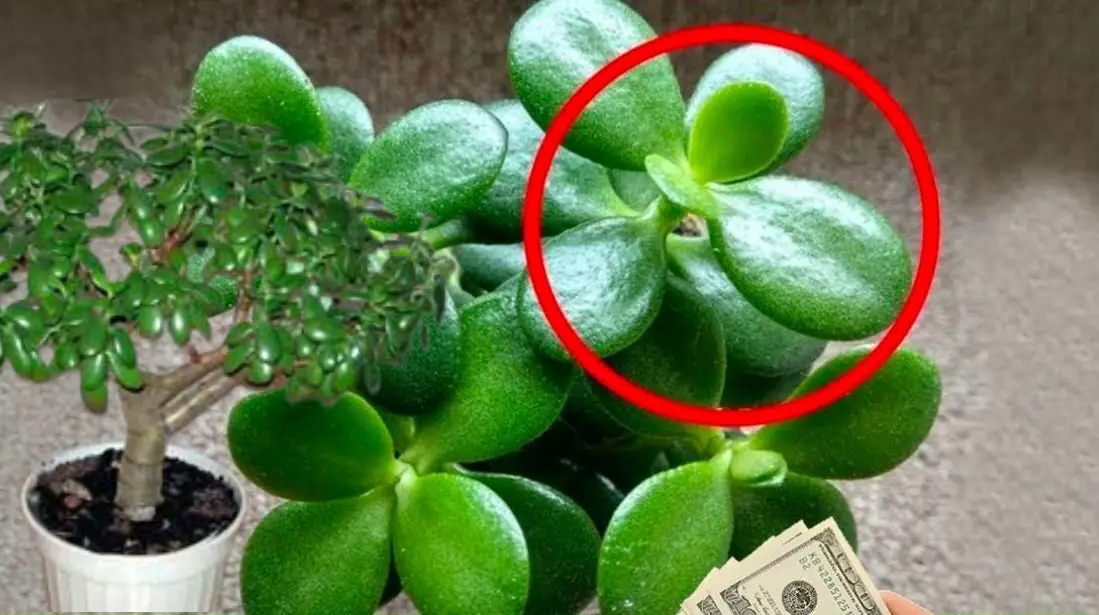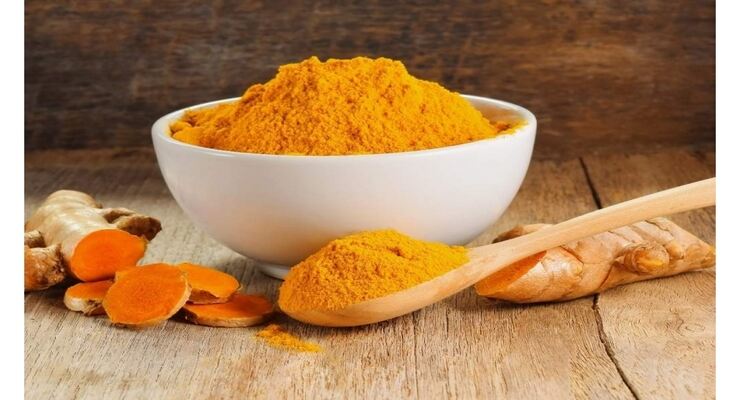
Turmeric can bring many benefits to the body, but it is also good for plants, although there may be some doubts.
It originally comes from Indian cuisine, is a widely used spice in the kitchen, has a color, a characteristic taste and exceptional properties: anti-inflammatory and antioxidant. It manages to enhance any dish and beyond .
Turmeric is considered an all-round ally of the house. It belongs to the Zingiberaceae family, is used for both medicinal and food purposes and has many benefits, one of which is more important than the other.
Treating diseases with turmeric
It is no coincidence that it is used to treat many diseases such as flatulence, it even counteracts high cholesterol, aids digestion and makes the process much easier and faster.
Thanks to its excellent antioxidant, antiviral and antibacterial properties, it works on any type of problem, making it a must-have in the kitchen and garden. Apparently turmeric is the ally in treating plants, whatever they are. .
Anyone who uses turmeric in cooking and consumes it in large quantities must be careful. Some studies have shown that taking turmeric or turmeric supplements for a long time can cause liver problems or even interfere with the effectiveness of some medications.
For this reason, the Ministry of Health has declared that the use of turmeric is absolutely not recommended for people with Gallstones and gallbladder disease.
Fungicidal effect of turmeric, how to repel insects
When used in the garden, its fungicidal effect leads to excellent results. It heals wounds caused during gardening and eliminates insects and parasites from plants which would lead to the death of plants in the long run.

Provides relief from insect bites. Turmeric is an ointment, regenerates any type of hair and can be used in case of a bad cut, to repair damage caused by pets or broken branches. .
To use it on plants, simply mix turmeric with water at room temperature. A spreadable mass is created that is distributed over the entire affected area.
The fungicidal effect makes it indispensable. That’s why you should never do without it. Instead of resorting to chemical treatments that are harmful to the health, the soil and the plant itself, to eliminate fungi and bacteria, you can simply apply a generous amount of powder to adequately treat the severely infected area.
Treating mildew, how to make the miracle cure
Turmeric is particularly effective in treating powdery mildew, more commonly known as powdery mildew, a trophic plant disease caused by fungi. To proceed in this case, you need to make a mixture of ash and turmeric.

You need exactly two parts of the first and one part of the second. Then we distribute everything directly on the diseased seedling and sometimes wait for the first results, which are in any case surprising.
Turmeric for insects and itching
For any reason, when gardening, you may be bitten by insects or suffer irritation and injury to your skin. In this case, don’t worry, just use turmeric, which has a calming and anti-inflammatory effect, which immediately relieves discomfort and itching, the skin is disinfected and protected from infections.
